A guide for product managers, engineers, and UXers.
A few years have passed since we gave you a behind-the-scenes look at what UX writers do at HubSpot. UX writers use clear, accessible language to guide users through experiences with ease.
But at HubSpot, our work as UX writers begins long before we write the words that appear on the screen. We start by identifying user needs, then designing experiences with content that meets those needs.
We wanted our titles to reflect that, so we changed the name of this role to “content designer” a couple of years ago. Soon after, we decentralized the content design team. That means we now report into UX managers, and work on projects with a few core teams in one product group.
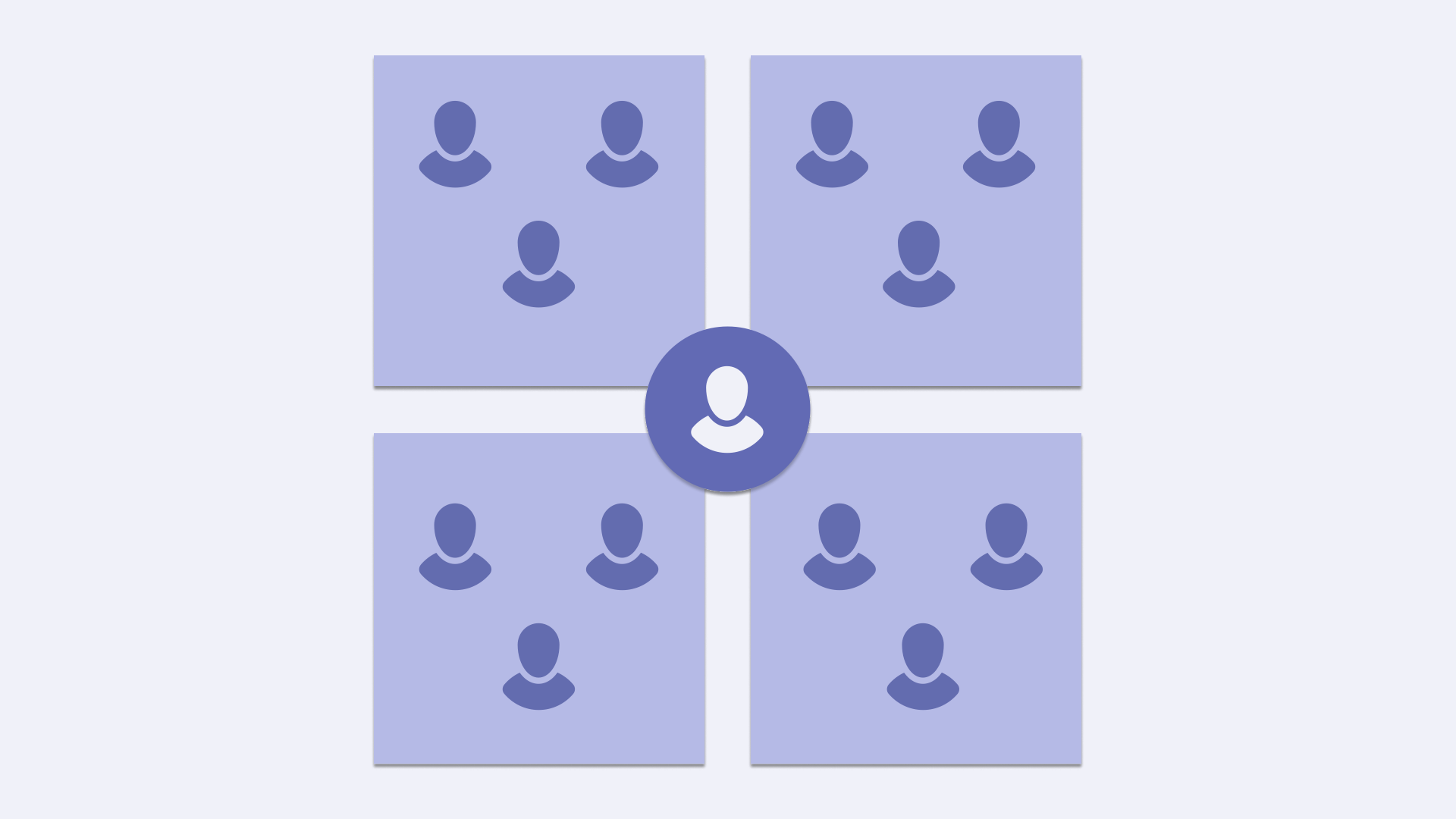
When we made this transition, we found that some of our teams hadn't worked with a content designer before. Others had, but only during one stage of a project, rather than discovery through development.
We often found ourselves fielding two of the same questions: “When do I work with a content designer?” and “How do I work with a content designer?”
We have a hunch many folks outside HubSpot are also asking these questions. After all, content design is still a new discipline. You may be curious, too! Whether you work with a content designer now or hope to in the future, here are some of the tips we share with our own teams.
When do I work with a content designer?
Our mantra is simple: early and often.
We say "early" because we each work with a few core teams (made up of at least one product manager, designer, and tech lead). We plan ahead to prioritize projects where content can have the greatest impact.
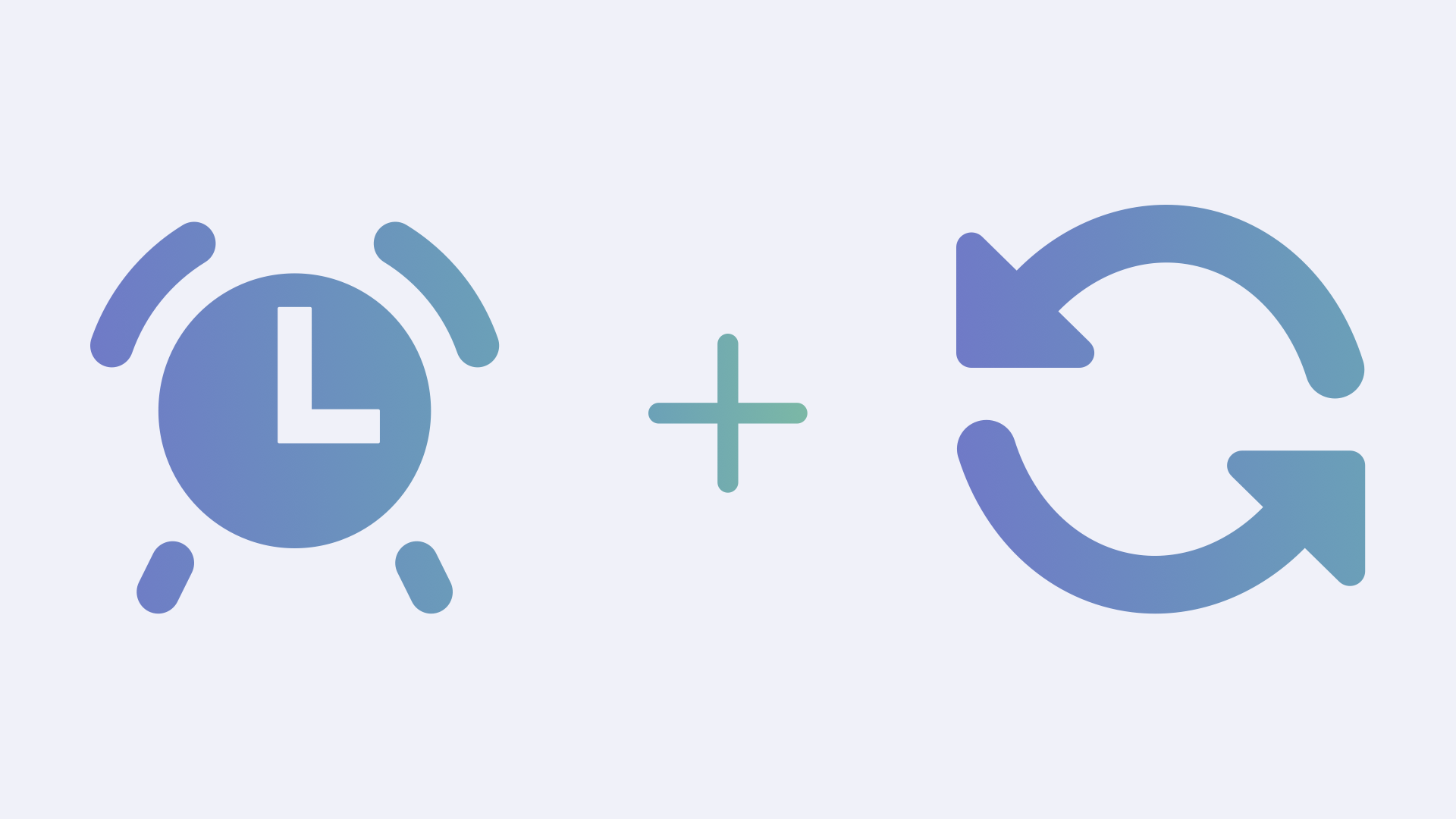
And we say “often” because we need the same amount of context as the rest of the team to do our best work. That means we want to be part of the team’s Slack channels and rituals. We want to attend all the meetings we can, from project kickoffs to social events.
Here’s a helpful rule of thumb: product and content designers both represent design. We just have different specialties. So if the product designer is added to a Slack channel or invited to a meeting, the content designer should be, too.
How do I work with a content designer?
At HubSpot, we collaborate across many disciplines — especially product, engineering, design, and research. So we've created some specific guidance tailored to these roles.
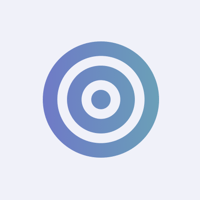 If you’re a product manager...
If you’re a product manager...
Create a better roadmap by including content designers in the planning process.
PMs and content designers approach strategy with some of the same big questions in mind: what, who, and how. Include your content designer as you clarify what to build, for whom, and how to solve for the business and the user. They'll help you consider what to communicate, to whom, and how to structure the UX content to reach those goals. Seeing your plans helps them suggest content tools or approaches for future projects.
Strengthen your product requirements by collaborating on user stories.
Content design begins with discovering what users need. User stories are part of that process, and they're often key to defining requirements. This is a great moment to team up with your content designer. The result? Clearer, more user-centered documentation for the whole team.
Identify resources to help your team reach its goals.
If your content designer works across a few teams, they may not be able to touch every project. But what they can do is empower your team through content principles and practices. Maybe that means they’ll create a glossary to help everyone align on consistent terms. Or maybe they’ll teach your team how to write actionable error messages and reduce support tickets. Your content designer can partner with you to recommend options based on your goals.
If you’re an engineer...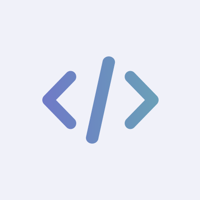
Save time and effort by tapping into a content designer's expertise.
When you’re stumped by a question about style or formatting, like “Should I start a sentence with a number?” or “Do we spell cancel(l)ed with one ‘l’ or two?” Ask your content designer. They’ll be able to give you advice, or point you toward the right part of the style guide. And if a guideline doesn’t exist yet, they can make a recommendation and standardize it for the team.
Work more efficiently by clarifying the process for design handoff.
Establishing a handoff process with your product and content designer sets everyone up for success. As part of that conversation, chat about where the final copy will live, whether that’s in the mocks or a separate doc.
Puzzle out tricky copy changes with pair writing.
Even with thorough specs and a smooth handoff, something usually changes during development. Maybe there’s a last-minute component swap, some misleading copy, or an edge case no one accounted for. And that’s when a pair writing session with your content designer can save the day. (Think pair programming, but with words instead of code.) You can do this together in a doc or over Zoom. Combine your technical knowledge with their communication skills to find a strong solution.
 If you’re a designer...
If you’re a designer...
Share your strengths to divide and conquer.
If you’ve just started working together, get to know each other by describing your areas of expertise. No two content designers (or product designers!) are alike. For example, maybe you're a seasoned interviewer, while your content designer is a web accessibility expert. Setting the stage like this can help you lean into your strengths as you collaborate and divide up tasks.
Design smarter solutions by digging into the problem together.
In the past, you may have sent designs to a copywriter once the mocks were complete. But if you wait to bring in your content designer until you’re ready for the words, you'll miss the chance to explore possible solutions together. Instead, develop a shared understanding of the problem at the start of the project. Maybe that means you co-lead exploratory research or a team workshop. When it's time to prototype, you'll be on the same page, each with a unique perspective to offer.
Create space to collaborate successfully.
You may be tempted to send mocks back and forth to avoid more meetings. But don’t underestimate the power of working sessions. Set aside time to sketch out flows and swap feedback, so you can consider ideas and make decisions faster. If you don't use real-time tools like Figma or Freehand, create a doc where you can leave updates for each other between sessions.
If you’re a researcher...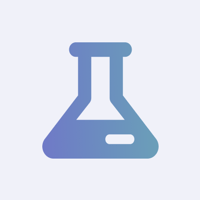
Develop clearer research objectives and interview guides with their input.
Include your content designer along with other stakeholders as you define study goals. They can propose new angles that help the team test voice and tone and dig into value propositions. And they can help you write questions that highlight how well users understand concepts.
Uncover new insights by inviting them to research sessions.
Your content designer can be one of your keenest observers and notetakers. The words participants repeat will be the ones they want to work into the design, so it's easier to grasp. When they sense frustration or confusion, they'll know where to change the tone or format of the content. Notes like these can spark great conversations during the debrief and in the readout.
Increase visibility for research and content design together.
Both research and content design are misunderstood sometimes, even on larger design teams. Advocate for each other when it comes to helping teams understand when to bring you in (at the beginning) and the value of your work (beyond usability testing or copy). Look for your content designer on calendar events and in strategy docs, and ask them to do the same. Create space for each other to contribute, so teams see all the goodness you’ve got to offer.
No matter what your role is...
Great collaboration powers great content, so bring your content designer in at the start. Partner with them as a core team member to build more usable, inclusive, accessible experiences.
Learn more about content design at HubSpot
Still have questions about what content designers do at HubSpot? Discover how we use words to design for inclusivity, onboard new users with the power of storytelling, and test content to meet users’ needs.
